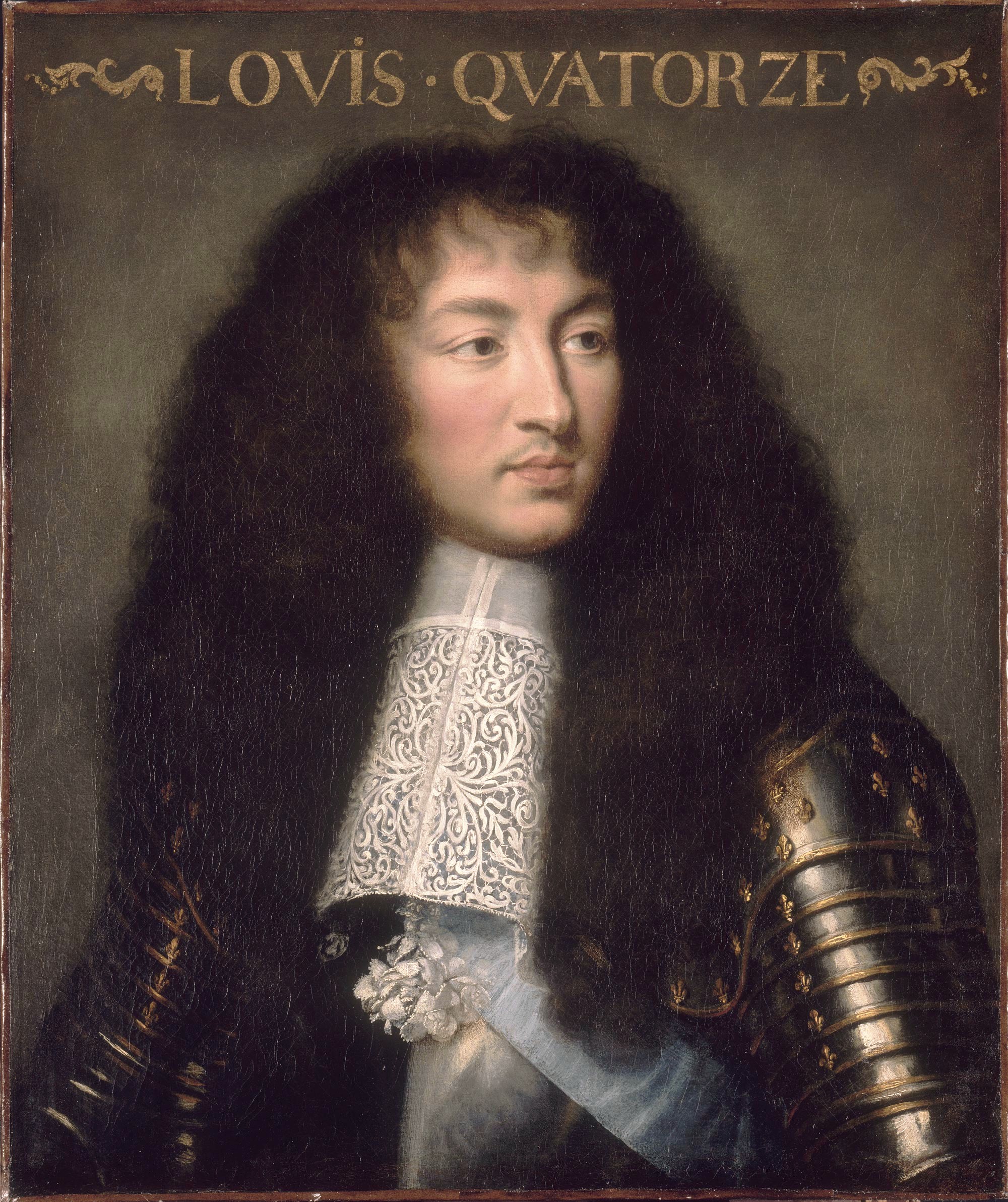Sidera Lodoicea on:
[Wikipedia]
[Google]
[Amazon]
 Sidera Lodoicea is the name given by the astronomer
Sidera Lodoicea is the name given by the astronomer  The following contemporary (1686) notice records Cassini's choice of name, and explains his rationale for the same:
The following contemporary (1686) notice records Cassini's choice of name, and explains his rationale for the same:
 Sidera Lodoicea is the name given by the astronomer
Sidera Lodoicea is the name given by the astronomer Giovanni Domenico Cassini
Giovanni Domenico Cassini (8 June 1625 – 14 September 1712) was an Italian-French mathematician, astronomer, astrologer and engineer. Cassini was born in Perinaldo, near Imperia, at that time in the County of Nice, part of the Savoyard sta ...
to the four moons of Saturn
The moons of Saturn are numerous and diverse, ranging from tiny moonlets only tens of meters across to the enormous Titan (moon), Titan, which is larger than the planet Mercury (planet), Mercury. There are 274 natural satellite, moons with con ...
discovered by him in the years 1671, 1672, and 1684 and published in his ''Découverte de deux nouvelles planètes autour de Saturne'' in 1673 and in the ''Journal des sçavans
The (later renamed and then , ), established by Denis de Sallo, is the earliest academic journal published in Europe. It is thought to be the earliest published scientific journal. It currently focuses on European history and premodern literatu ...
'' in 1686. These satellites are today known by the following names, given in 1847:
* Iapetus
In Greek mythology, Iapetus (; ; ), also Japetus, is a Titan, the son of Uranus and Gaia and father of Atlas, Prometheus, Epimetheus, and Menoetius. He was also called the father of Buphagus and Anchiale in other sources.
Iapetus was linked ...
or Saturn VIII, discovered October 25, 1671
* Rhea or Saturn V, discovered December 23, 1672
* Tethys or Saturn III, discovered March 21, 1684
* Dione or Saturn IV, discovered March 21, 1684
The name ''Sidera Lodoicea'' means "Louisian Stars", from Latin ''sidus'' "star" and ''Lodoiceus'', a nonce adjective coined from ''Lodoicus'', one of several Latin forms of the French name ''Louis'' (reflecting an older form, ''Lodhuwig''). Cassini intended the name to honor King Louis XIV
LouisXIV (Louis-Dieudonné; 5 September 16381 September 1715), also known as Louis the Great () or the Sun King (), was King of France from 1643 until his death in 1715. His verified reign of 72 years and 110 days is the List of longest-reign ...
of France, who reigned from 1643 to 1715, and who was Cassini's benefactor as patron of the Paris Observatory
The Paris Observatory (, ), a research institution of the Paris Sciences et Lettres University, is the foremost astronomical observatory of France, and one of the largest astronomical centres in the world. Its historic building is on the Left Ban ...
, of which Cassini was the director.
The name was modelled on ''Sidera Medicea'', "Medicean stars", the Latin name used by Galileo
Galileo di Vincenzo Bonaiuti de' Galilei (15 February 1564 – 8 January 1642), commonly referred to as Galileo Galilei ( , , ) or mononymously as Galileo, was an Italian astronomer, physicist and engineer, sometimes described as a poly ...
to name the four Galilean satellites
The Galilean moons (), or Galilean satellites, are the four largest moons of Jupiter. They are, in descending-size order, Ganymede, Callisto, Io, and Europa. They are the most readily visible Solar System objects after Saturn, the dimmest of ...
of Jupiter
Jupiter is the fifth planet from the Sun and the List of Solar System objects by size, largest in the Solar System. It is a gas giant with a Jupiter mass, mass more than 2.5 times that of all the other planets in the Solar System combined a ...
, in honor of the Florentine house of Medici
The House of Medici ( , ; ) was an Italian banking family and political dynasty that first consolidated power in the Republic of Florence under Cosimo de' Medici and his grandson Lorenzo "the Magnificent" during the first half of the 15th ...
.
 The following contemporary (1686) notice records Cassini's choice of name, and explains his rationale for the same:
The following contemporary (1686) notice records Cassini's choice of name, and explains his rationale for the same:
Notes
References
* {{Moons of Saturn History of astronomy Moons of Saturn Discoveries by Giovanni Domenico Cassini Louis XIV